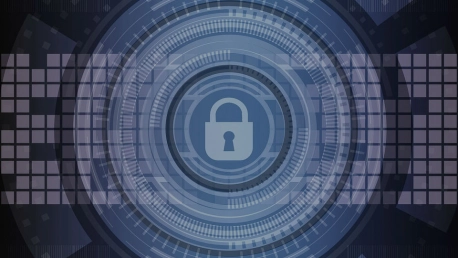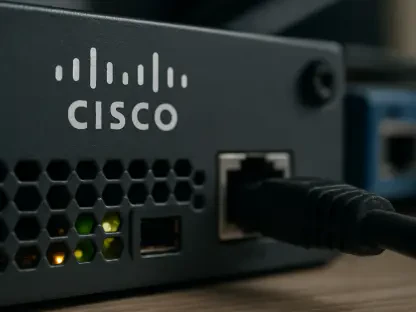Recently, Kaspersky officially launched their own Operating System, targeted at control systems, network devices and IoT-related operations. The product is the result of 14-years of hard work and, of course, puts cybersecurity in the spotlight. We should see amazing features in this completely new and intriguing system. KasperskyOS vows to put users in complete control, through its practical and accessible nature.
But let’s see what the online media revealed on this subject.
KasperskyOS – as described by Eugene Kaspersky himself
The brief description of the OS’s main features is enough to raise the interest of all those who know their security business.
- The system has a microkernel architecture. This enables each distinct user to assemble different operational blocks in order to tailor the personalized product, according to his/her specific needs;
- The security system is built-in; this means that no ordinary cyber attacker can hack this platform unless going first beyond the digital signature. As Mr. Kaspersky adds, until accessible quantum computers will flood the market, such an operation is currently “exorbitantly expensive”;
- Against all expectations, the KasperskyOS is does not rely upon Linux, not the slightest underpinning of the traditional base-system here. As the target audience consists of SCADA system owners, hardware developers and IoT-related professionals, compatibility and universality above all was not the main issue. The launch especially concerned network devices, industrial control systems, and the IoT. Instead, the product goes for stealthy defenses, uniqueness and reinforced security.
As mentioned above, KasperskyOS allows granular customization. It can also account for three systems in one. To quote Mr. Kaspersky again, the users get “an OS (KOS), a standalone secure hypervisor (KSH), and a dedicated system for secure interaction among OS components (KSS).” Together, these features are able to surmount a variety of challenges.
Oh, and the code-name of this system is 11-11, due to the date of its creation and to the impact it desires to make in data protection.
Tackling the importance of infrastructure protection
In view of the IoT rise, digital operators and data owners everywhere worry about the degree of cyber protection they can employ to defend themselves. Grafting non-specialized cybersecurity systems onto the IoT complexity would just not be enough. It may work up to a point, but yet unknown threats lurk in the intricate structure of universal digital connectivity. It only seems logical that building a system with IoT cybersecurity in mind should work better. New defenses for new threats, in other words.
KasperskyOS timeline remarks
In August 2016, according to this source, the company launched the system on Russian routers.
Going further back, we find the design principles employed in crafting KasperskyOS. We already mentioned and underlined the fact that features an original architecture, no Linux underpinning involved. Secondly, the goal of having a kernel completely flaw-proof ensures a viable security guarantee. And thirdly, a stout, minimal kernel with a bare minimum of code completes the concept of a security-oriented OS.
We found a CNET article dating back to 2012. Provokingly entitled “Kaspersky builds its own antimalware OS — but not for you”, it undoubtedly shows the way KasperskyOS aimed to be the high-end, highly-tailored product perfect for infrastructure needs. No midway change of direction during the Operating System building history. This also triggered the sophistication and the duration of the project. Achieving a premiere in software was not a task to rush.
Of course, comparisons are possible if we take into consideration Cisco’s IOS and Huawei’s Versatile Routing Platform (VRP). Nevertheless, we are talking about different classes of software. Cisco IOS, for example, is a “package of routing, switching, inter-networking and telecommunications functions” integrated into a Linux-based multitasking operating system. Kaspersky went for another concept, more compact, highly customizable and versatile.
Building security with IoT in mind – mandatory for the future?
Just to make things clear in regard with KasperskyOS’s timeline, the system concept itself dated back to roughly 14 years ago. However, coding started recently and perhaps that is why some sources mention 4 years instead of 14, when it comes to how long it took to build it.
Regardless of whether the necessity of an integrated secure OS existed before the Internet of Things came into practice, all critical needs just got upgraded, once this enhanced connectivity brought along new threats.
It is highly likely that, in view of the digital security defenses, the best solutions would be the ones that consider the IoT and its specific requirements. Having such an Operating System in the mix might just show the correct approach – if it all proves excellent. Soon other software companies might make similar moves. Building specially adapted OSs that would deliver enhanced cyber-protection could become the way to go in the short to medium future.









